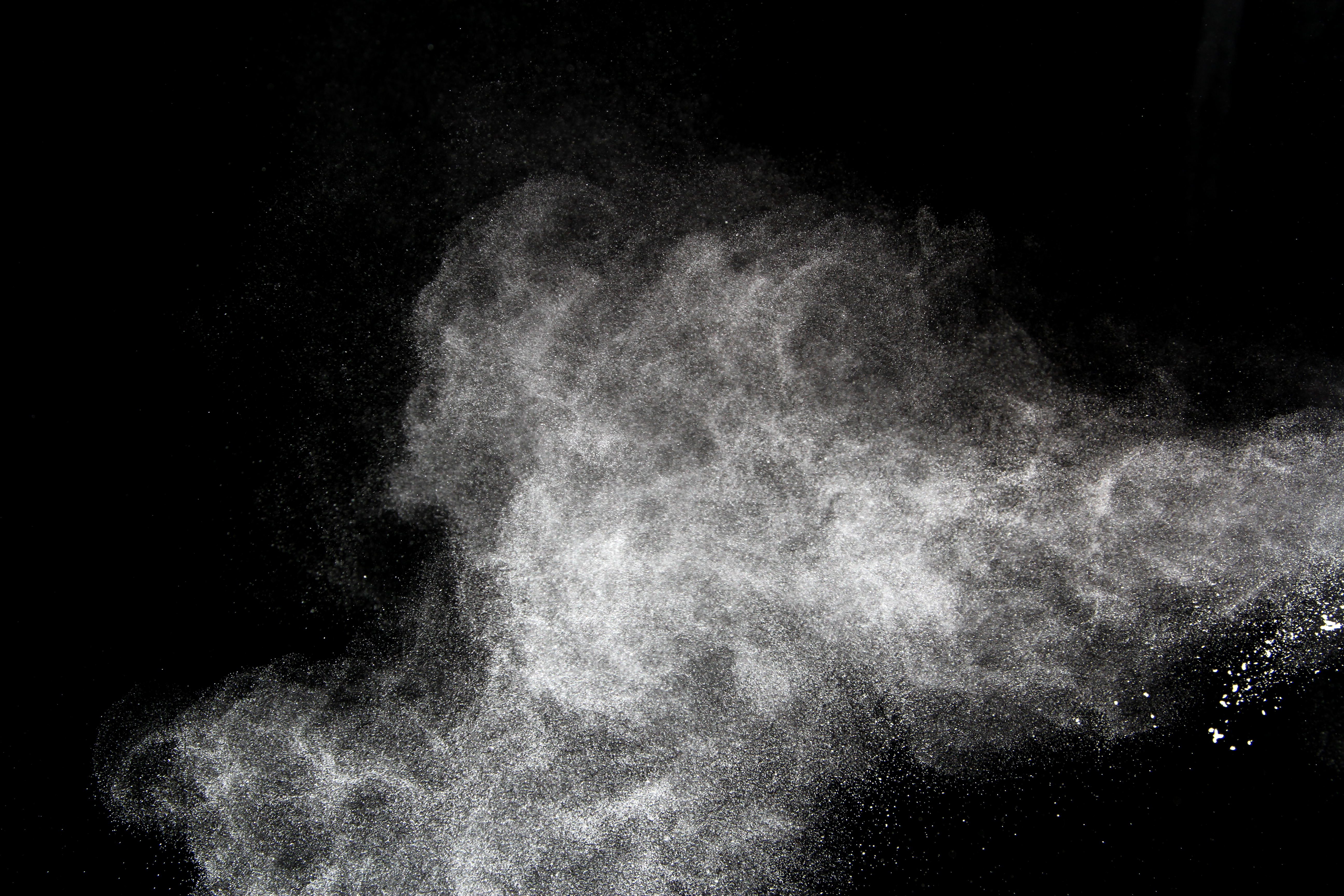A Norwegian firm wants to use high doses of microwaves to create power out of waste food and other combustible materials on cruise ships. It’s a bit like when you burn popcorn in your kitchen microwave, says Henrik Badin, chief executive of Oslo-listed Scanship, a company better known for its waste water management systems.
There are naturally some significant differences between the kitchen microwave in Badin’s analogy, and the test system the company is developing in its factory in Norway. First, it’s bigger than a kitchen microwave. The system that Scanship hopes to have ready for class-approval and commercialization next year is certainly more powerful, and it does its job without oxygen. The result is more energy than the system itself needs, opening up the opportunity to produce power for a range of additional uses on board a ship.
Pyrolysis is not new, and is significantly different to combustion. It has been used in the coal industry to create coke for many years. It is a very useful form of carbon capture says Badin who says the company is already looking at meeting its goal of creating a circular economy with the by product and selling it on for agricultural use.
But the key product that microwave assisted pyrolysis creates is syngas, a mix of combustible gases that can be collected and used elsewhere. There is a thriving syngas market for land based industrial applications, but not so much in the maritime sector.
Virgin Support
Richard Branson’s Virgin plans on building 3 110,000gt cruise ships to be delivered from 2020. While environmental excellence has been promised, and such leadership is expected, few technical details have emerged. The collaboration with Scanship for MAP is one solution that has been announced.
Scanship
Scanship’s current revenues come from cruise ship demand for waste water, exhaust gas washwater and solid waste treatment. Recent regulations forcing cruise ship operators to take a stronger environmental position has worked in the company’s favour and in the first half of 2017 the company reported revenues and profits far surpassing the results from a year earlier. In 2017 Scanship reported a net loss for the year of NoK 4.9m compared to a NoK 4.4 net profit in 2016. The first half of 2017 the company reported positive net profit of NoK 5.8m, based on the growth of cruise ship orderbook.
It has used the demand for cruise companies to develop a solid environmental image with their customers to good effect, and Badin claims that nearly one in every two cruise ships being delivered has a Scanship waste water purification system or sludge treatment system onboard.
So for Scanship, finding a way to properly deal with any shipboard waste in a way that would reduce a vessels need to send anything ashore would be a winner. Waste storage and disposal is expensive. Finding a way to convert it to energy became a serious goal.
The company is no stranger to pyrolysis. One of its existing products, a garbage incinerator uses partial pyrolysis (i.e. limited oxygen). It started looking at waste to energy in 2006, but it was not until 2011 that it came across MAP as a potential solution. One of the significant factors was the reduce the footprint of a potential shipboard solution.
MAP creates a synthetic gas, oils and a solid waste. The solid waste is a form of charcoal and sometimes called Terra Petra, a fertiliser. The syngas is energy rich and similar to methanol or refined natural gas and can be used in fuel cells, and fed into boilers and gas turbines to help in electrical production or even propulsion.
Pyrolysis is the thermal decomposition of the volatile components of an organic substance, in the temperature range of 200-760°C, and in the absence of air or oxygen, forming syngas and/or liquids. An indirect source of heat is used. A mixture of un-reacted carbon char (the non-volatile components) and ash remains as a residual. Burned toast is an example of pyrolysis. (Source: GSTC, The Gasification and Syngas Technologies Council)
Badin, who owns 11% pf Scanship, says in the future throwing your waste away will literally be like throwing away your own energy source. Additionally, cruise ships have to pay considerably for landing any waste material in ports.
Yes. Owners are interested. Branson’s recently announced cruise company, Virgin Voyages, has already talked about using this system in its first vessel to create a power source.
Scanship has yet to do onboard tests for of MAP, and for that to happen it will likely need to retrofit a system, a feat which the company knows will give it some good marketing material to demonstrate that, should it meet expectations, the technology can be retrofitted as well as used on newbuildings.
Fathom-News.com
































